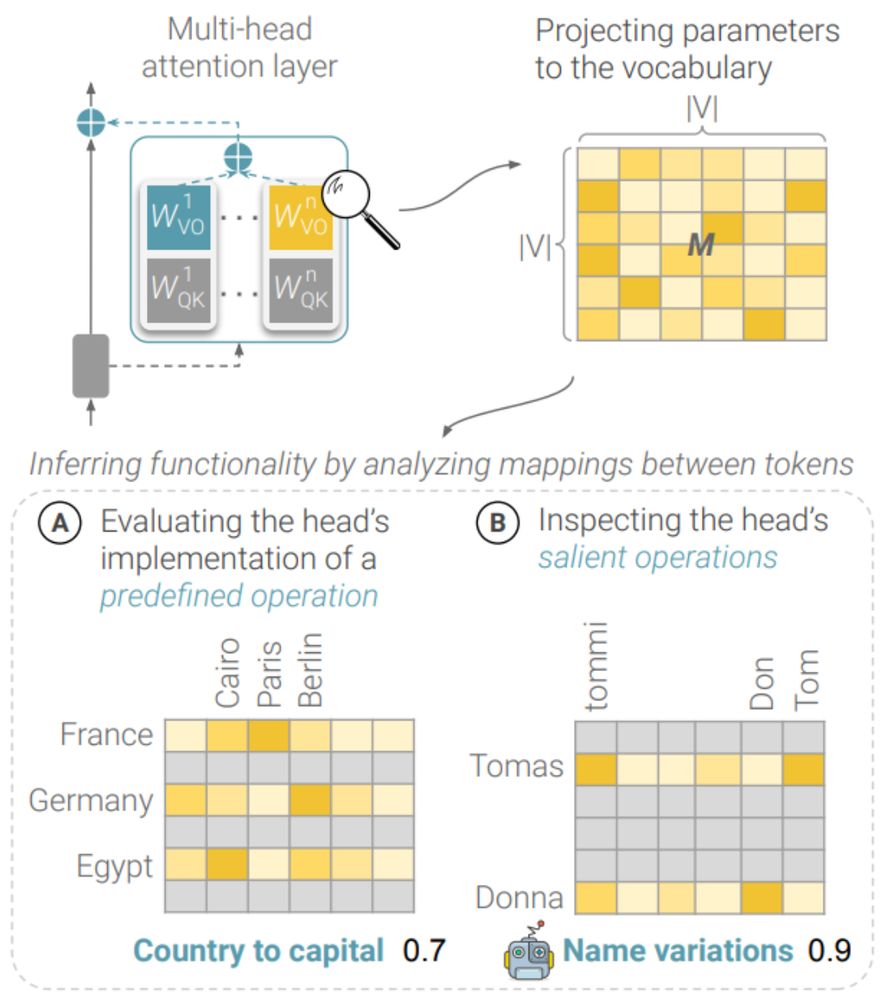Posts
Media
Videos
Starter Packs
Pinned
Yoav Gur Arieh
@yoav.ml
· 16h
Yoav Gur Arieh
@yoav.ml
· 16h
Yoav Gur Arieh
@yoav.ml
· May 29
Yoav Gur Arieh
@yoav.ml
· May 29
Yoav Gur Arieh
@yoav.ml
· May 29
Reposted by Yoav Gur Arieh
Reposted by Yoav Gur Arieh








